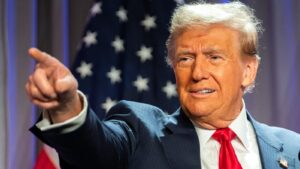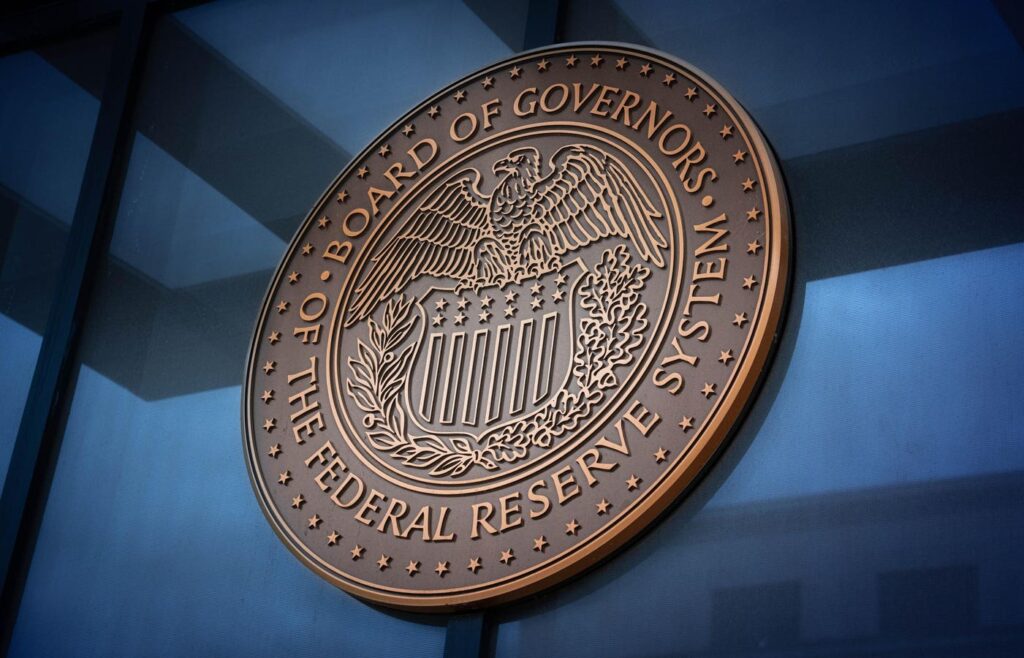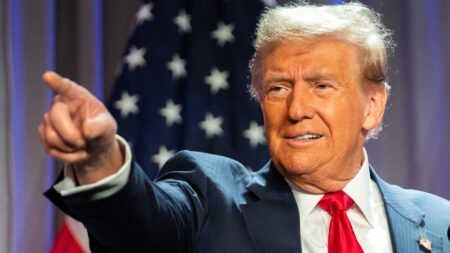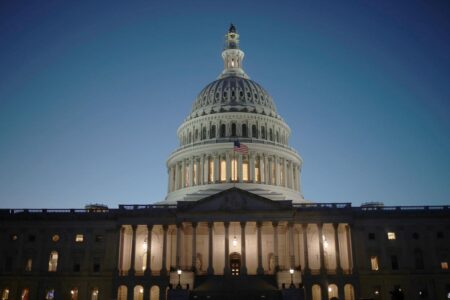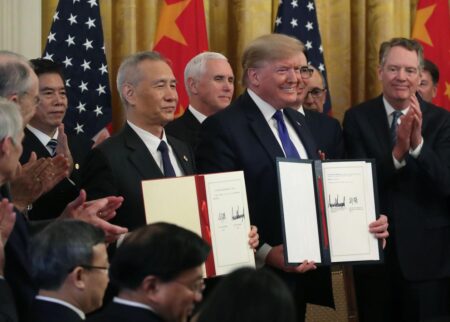They used to say, and still do, that there is no such thing as economics, only demographics. The idea is that whatever economic theory holds sway, it is overwhelmed by the effects of population. As a sidebar this is the key to predicting who will come out on top of the first world versus the emerging world economic dominance. India and China alone have populations approaching three times that of the U.S. and Europe, and that alone should indicate the outcome.
In markets the same idea can be applied, “There is no stock market only money supply.” That is to say there is no market strategy worth following, the only thing that counts is the direction of monetary policy.
While everyone might watch the S&P500 or the travails of bitcoin, it’s all driven by central bank monetary policy, and for the foreseeable future and globally, that is led by the U.S. Federal Reserve and its balance sheet operations.
So let’s take a look:
This picture shows the Federal Reserve paying down its balance sheet and you might think of it as reducing its risk or perhaps trying to retract the inflationary pressures injected by all the bailout of the pandemic.
You will note how predictable it has been in this process, which has certainly helped the markets to be calm and low on the sort of volatility that scares investors away.
In shrinking the balance sheet back to pre-Covid levels that would happen about 2027 to 2029, but that could be much earlier if there were to be an adjustment for inflation.
However, the key to all this is that the Federal Reserve will want enough money in the system to have the economy working optimally, which is the same as saying the demand for money is the same as the supply. The Fed affects both by interest rates, which control the demand and quantitative supply, adjusted by its balance sheet. If the imbalance is too much demand for supply, you get deflation, if you have too much supply of money for demand you get inflation. The Federal Reserve holds those two big levers and does its best to keep them in balance. It has a sump for too much money and that is called the reverse repo, which it uses to hoover up excess money by offering banks a no-risk place to put their access cash they do not care to release into the economy for fear of losing it, or for the relative benefit of not lending it to hungry borrowers instead of the risk free Federal Reserve. So when you look at the balance in the Federal Reserve Repo you are looking at what you might imagine is inflationary pressures.
So let’s look at that:
Normally this account is empty, but the pandemic bailout pumped it up by trillions and the Federal Reserve has been steadily draining money out of the system with the effect of draining excess money from the reverse repo. The surplus at the current rate of drainage should be gone by the summer.
What then?
The Federal Reserve’s balance sheet shrinkage is not tightening until the repo is at least empty and at that stage the balance sheet should be down to pre-Covid levels adjusted for inflation.
As such, 2025 becomes a moment when policy can or might be changed.
For a start, interest rates can come down more easily because when there is no surplus money in the system there is room for loosening without much of a risk of inflation, and if money starts to appear in the reverse repo then the easing can stop before meaningful inflation starts.
This adjustment of money supply is the role of central banks in normal times, so in effect, we are soon back to “normality.”
However, back at the political level there is bound to be fireworks, so while a new monetary status quo is reachable it won’t take much turbulence at the local and global political level to upset monetary policy from a steady path.
President Trump is likely to be trying all sorts of gambits that might upset the apple cart, none more so than using tariffs as a weapon.
These emergencies if they occur will be hard to fathom, but you will see their impact in the Federal Reserve balance sheet within days, so you can take them as an indication of what all the PhDs at the Fed think they mean.
A smooth balance sheet trajectory will suggest a predictable market, a choppy one, uncomfortable market conditions ahead. Meanwhile, I wonder if the Fed will set levels at the Reverse Repo to keep a little in balance on show, to act as a threshold hum, because it will be very hard to know if an empty facility represents enough money or too little or even way too little. Too little money is much worse than a little too much money. The U.S. is an economy that needs to grow out of its problems not shrink into a deflationary spiral, so knowing there is a bit too much cash out there is better than not knowing how far short of the optimal level of cash in the system the economy is running at.
Whatever the strategy at the central bank is, these two charts are key to any investor that wants to get beyond “dollar cost averaging” into index trackers.
Read the full article here


